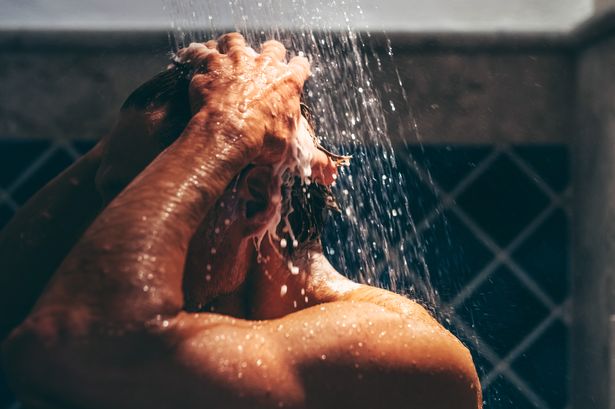Pharmacist Abbas Kanani has raised concerns about the practice of urinating in the shower, highlighting potential health risks associated with this common bathroom habit. A survey conducted by Mira found that over three-quarters of participants admitted to this behaviour, but experts warn that it could lead to serious issues such as incontinence, pelvic floor strain, and infections.
According to Kanani, “Peeing in the shower can increase your risk of a weakened pelvic floor, especially for people who have existing pelvic floor issues or poor posture.” Standing while urinating may lead to improper relaxation of pelvic muscles, which can prevent full bladder emptying. This situation may cause individuals to push or strain, creating downward pressure on the pelvic floor.
The pharmacist emphasized that such practices are especially concerning for women or individuals with underlying pelvic issues. Although most men may not be affected unless they have pre-existing conditions, the risks remain significant. Kanani also cautioned about the potential for bacterial infections, noting that urine can carry bacteria, particularly from an active urinary tract infection (UTI). If these bacteria come into contact with micro-tears or scratches in the skin, such as on the feet, it could lead to infection.
Hygiene and Plumbing Concerns
In addition to health risks, there are hygiene implications when it comes to showering and urinating simultaneously. Emily Robertson, a shower expert at Mira Showers, pointed out that while urine is sterile upon leaving the body, it can leave behind residues when mixed with soap, shampoo, or body oils. Over time, this residue can create unpleasant odours and contribute to bacterial build-up in the shower’s grout, sealant, or tray, particularly in shared bathrooms or those with inconsistent water flow.
Robertson stated, “Your shower is designed for water, not waste. Even if it all goes down the drain, urine can disrupt the delicate balance of hygiene in your bathroom, especially if your shower isn’t cleaned frequently.” She added that certain types of flooring or silicone sealants could absorb residues, potentially creating environments conducive to bacteria and mould growth.
There are also plumbing considerations to keep in mind. Although a small amount of urine may not cause immediate issues, introducing waste into shower drains over time can increase the risk of clogs, especially when combined with soap scum, hair, and hard water deposits.
As awareness grows around this topic, health experts are urging the public to reconsider the practice of urinating in the shower. The potential risks to pelvic health, hygiene, and plumbing are significant enough to warrant a change in behaviour for many individuals. By recognizing these dangers, individuals can take proactive steps to maintain their health and ensure a cleaner bathing environment.
